Chemotherapy can be a challenging experience, both physically and emotionally, and it's important for cancer patients to feel safe and supported in their own homes. That's where grab bars come in. These simple but effective devices can make a significant difference in ensuring home safety during chemotherapy and providing much-needed peace of mind.
Grab bars are designed with stability and support in mind, making them a crucial addition to the bathroom and other areas of the home where slips and falls are more likely to occur. By securely attaching to walls or other stable surfaces, grab bars offer a reliable handhold for patients as they navigate their daily routines. This minimizes the risk of accidents and can help prevent injuries that may have serious implications for cancer patients already dealing with the side effects of chemotherapy.

In addition to enhancing safety, grab bars also promote independence and confidence. By providing a sturdy support system, they enable cancer patients to maintain their autonomy and carry out daily activities with greater ease and security.
When it comes to ensuring home safety during chemotherapy, grab bars are a simple but invaluable tool. By installing these supportive devices, cancer patients can create a safer and more empowering environment for themselves as they navigate this challenging time.
The importance of home safety during chemotherapy
Chemotherapy can be a challenging experience, both physically and emotionally, and it's important for cancer patients to feel safe and supported in their own homes. That's where grab bars come in. These simple but effective devices can make a significant difference in ensuring home safety during chemotherapy and providing much-needed peace of mind.
Grab bars are designed with stability and support in mind, making them a crucial addition to the bathroom and other areas of the home where slips and falls are more likely to occur. By securely attaching to walls or other stable surfaces, grab bars offer a reliable handhold for patients as they navigate their daily routines. This minimizes the risk of accidents and can help prevent injuries that may have serious implications for cancer patients already dealing with the side effects of chemotherapy.
In addition to enhancing safety, grab bars also promote independence and confidence. By providing a sturdy support system, they enable cancer patients to maintain their autonomy and carry out daily activities with greater ease and security.
Understanding the challenges of chemotherapy at home
Chemotherapy is an intensive treatment that can have significant effects on a person's physical strength and balance. It often leads to fatigue, weakness, and a higher risk of falls. Ensuring home safety becomes paramount during this time to minimize the potential for accidents and injuries.
Chemotherapy patients may experience side effects such as neuropathy, which can cause numbness and tingling in the hands and feet. This can make it more difficult for them to maintain their balance and grip objects securely. Add to this the potential for dizziness, muscle weakness, and fatigue, and it becomes clear why home safety is of utmost importance.
What are grab bars and how do they improve home safety?
Chemotherapy is typically administered on an outpatient basis, allowing patients to receive treatment in the comfort of their own homes. While this offers convenience and familiarity, it also presents unique challenges. Home environments are not typically designed with the specific needs of chemotherapy patients in mind, making it necessary to implement safety measures to mitigate the risks.
Chemotherapy patients often experience a decrease in overall mobility and physical function. This can make it difficult to perform daily tasks such as getting in and out of the shower, using the toilet, or navigating stairs. As a result, the risk of falls and injuries increases significantly. By addressing these challenges through the use of grab bars, patients can create a safer and more accessible home environment.
Installation options for grab bars in different areas of the home
Grab bars are sturdy handholds that can be securely mounted on walls or other stable surfaces. They are typically made of durable materials such as stainless steel or plastic, ensuring both strength and longevity. Grab bars are designed to provide stability and support, helping patients maintain their balance and prevent falls.
Installation options for grab bars vary depending on the specific needs of the patient and the layout of the home. In the bathroom, grab bars are commonly installed near the toilet, in the shower or bathtub, and next to the sink. Outside the bathroom, they can be placed along stairways, in hallways, or in any area where extra support is needed.
It's important to choose grab bars that are appropriate for the individual's needs and the specific location where they will be installed. There are different sizes and styles available, allowing for customization based on personal preferences and the layout of the home.
Considerations when choosing grab bars for chemotherapy patients
Bathroom
The bathroom is one of the most critical areas where grab bars can make a significant difference in home safety during chemotherapy. The combination of slippery surfaces and the need to maneuver in tight spaces can increase the risk of falls. Installing grab bars near the toilet, in the shower or bathtub, and next to the sink can greatly enhance safety and reduce the likelihood of accidents.
When installing grab bars in the bathroom, it's essential to choose ones that are specifically designed for wet environments. These grab bars are usually made of corrosion-resistant materials and have a textured surface for better grip, even when wet. The bars should be strategically placed to provide support when sitting down or standing up from the toilet, getting in and out of the shower or bathtub, and washing hands at the sink.
Stairways and Hallways
Stairways and hallways are common areas where patients may need additional support to maintain balance and prevent falls. Installing grab bars along staircases can provide stability and confidence when going up or down the stairs. In hallways, grab bars can be strategically placed to offer support when navigating between rooms or moving from one area of the home to another.
When installing grab bars in stairways and hallways, it's important to consider the height and placement that will best suit the individual's needs. The grab bars should be mounted securely to ensure they can withstand the weight and pressure applied to them.
Bedroom and Living Areas
While the bathroom, stairways, and hallways are the main areas where grab bars are commonly installed, they can also be beneficial in the bedroom and living areas. These areas can present challenges for patients when getting in and out of bed, standing up from a chair, or moving around furniture.
In the bedroom, grab bars can be mounted near the bed to provide support when getting in and out of bed. In the living areas, grab bars can be installed near chairs or sofas to assist with standing up and sitting down. They can also be placed strategically along walls to offer support and stability while moving around the room.
When choosing grab bars for chemotherapy patients, it's important to consider several factors to ensure they meet the individual's specific needs and preferences.
Size and Length
Grab bars come in different sizes and lengths, allowing for customization based on the available space and the patient's requirements. Longer grab bars can provide more stability, especially for patients who need to hold on for extended periods or require support along a larger surface area. It's important to measure the area and carefully select grab bars that fit properly.
Weight Capacity
Grab bars are designed to support a specific weight capacity, and it's crucial to choose ones that can withstand the weight of the individual using them. It's recommended to select grab bars with a weight capacity higher than the patient's current weight to ensure they provide adequate support.
Style and Design
Grab bars come in various styles and designs, allowing them to blend seamlessly with the existing decor of the home. They can be chosen to match the bathroom fixtures or the overall aesthetic of the living space. By selecting grab bars that complement the surroundings, patients can maintain a sense of normalcy and minimize any feelings of intrusion or medicalization.
Professional Installation
While some grab bars come with DIY installation options, it's often recommended to have them installed by a professional, especially if they need to be mounted onto walls or other surfaces. Professional installation ensures that the grab bars are securely attached and can withstand the weight and pressure applied to them.
In addition to installing grab bars, there are other home safety tips that chemotherapy patients and their caregivers can implement to create a safer environment:
Remove Hazards
Remove any potential hazards such as loose rugs, clutter, or obstacles that could increase the risk of trips and falls. Ensure that walkways are clear and well-lit, making it easier for patients to navigate safely.
Use Non-Slip Mats
Place non-slip mats in the bathroom, kitchen, and other areas where water or spills may occur. These mats provide an extra layer of traction and can significantly reduce the risk of slipping.
Improve Lighting
Ensure that all areas of the home are well-lit, including stairways, hallways, and entryways. Adequate lighting can help patients see potential obstacles and navigate their surroundings more safely.
Secure Loose Cords
Secure any loose cords or wires that could pose a tripping hazard. Use cord organizers or tape to keep them out of the way and prevent accidents.
Consider Assistive Devices
In addition to grab bars, there are various assistive devices available that can enhance home safety for chemotherapy patients. These may include shower chairs, raised toilet seats, and mobility aids such as walkers or canes. Assess the specific needs of the patient and consider implementing appropriate assistive devices to maximize safety.
How grab bars can enhance independence and quality of life during chemotherapy
Grab bars not only benefit chemotherapy patients but also provide peace of mind for caregivers and family members. Knowing that their loved ones have the necessary support and stability to navigate their homes safely can alleviate concerns and reduce the burden of constant supervision.
By installing grab bars, caregivers and family members can feel confident that their loved ones have an additional layer of protection against falls and injuries. This allows patients to maintain their independence and dignity while minimizing the risk of accidents.
The use of grab bars can significantly enhance the independence and quality of life for chemotherapy patients. By providing a reliable handhold and support system, grab bars enable patients to carry out daily activities with greater ease and confidence.
The increased stability and security offered by grab bars can reduce the fear of falling, allowing patients to move more freely and engage in activities that they may have otherwise avoided. This newfound independence can have a positive impact on their emotional well-being and overall quality of life.
Conclusion
Real-life stories provide powerful insights into the impact of grab bars on the lives of chemotherapy patients. These stories highlight the transformative effect that grab bars can have, both in terms of safety and emotional well-being.
One patient, Sarah, shares her experience: "After installing grab bars in my bathroom, I felt an immediate sense of relief and security. They gave me the stability I needed to confidently navigate the slippery surfaces and reduced my fear of falling. I regained a sense of independence and was able to perform daily tasks without relying on others."
Another patient, John, adds: "I was initially hesitant about installing grab bars in my home, as I didn't want it to feel like a hospital. But I quickly realized that the grab bars blended seamlessly with my home decor and made a world of difference in terms of safety. They allowed me to maintain my routine and carry out tasks without constant assistance. I can't imagine going through chemotherapy without them."
These stories, among many others, demonstrate the tangible benefits of grab bars in ensuring home safety during chemotherapy. They offer hope and inspiration to those who may be considering implementing this simple yet invaluable tool.


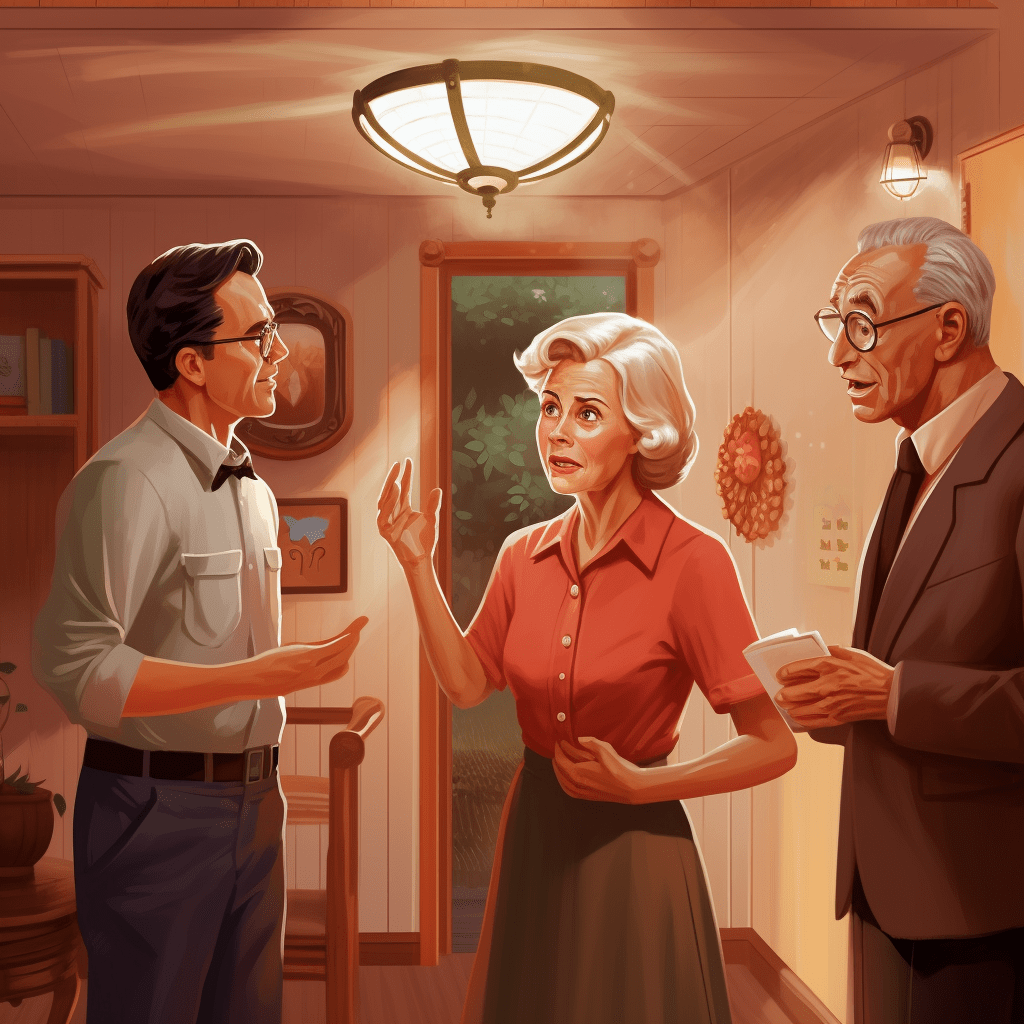

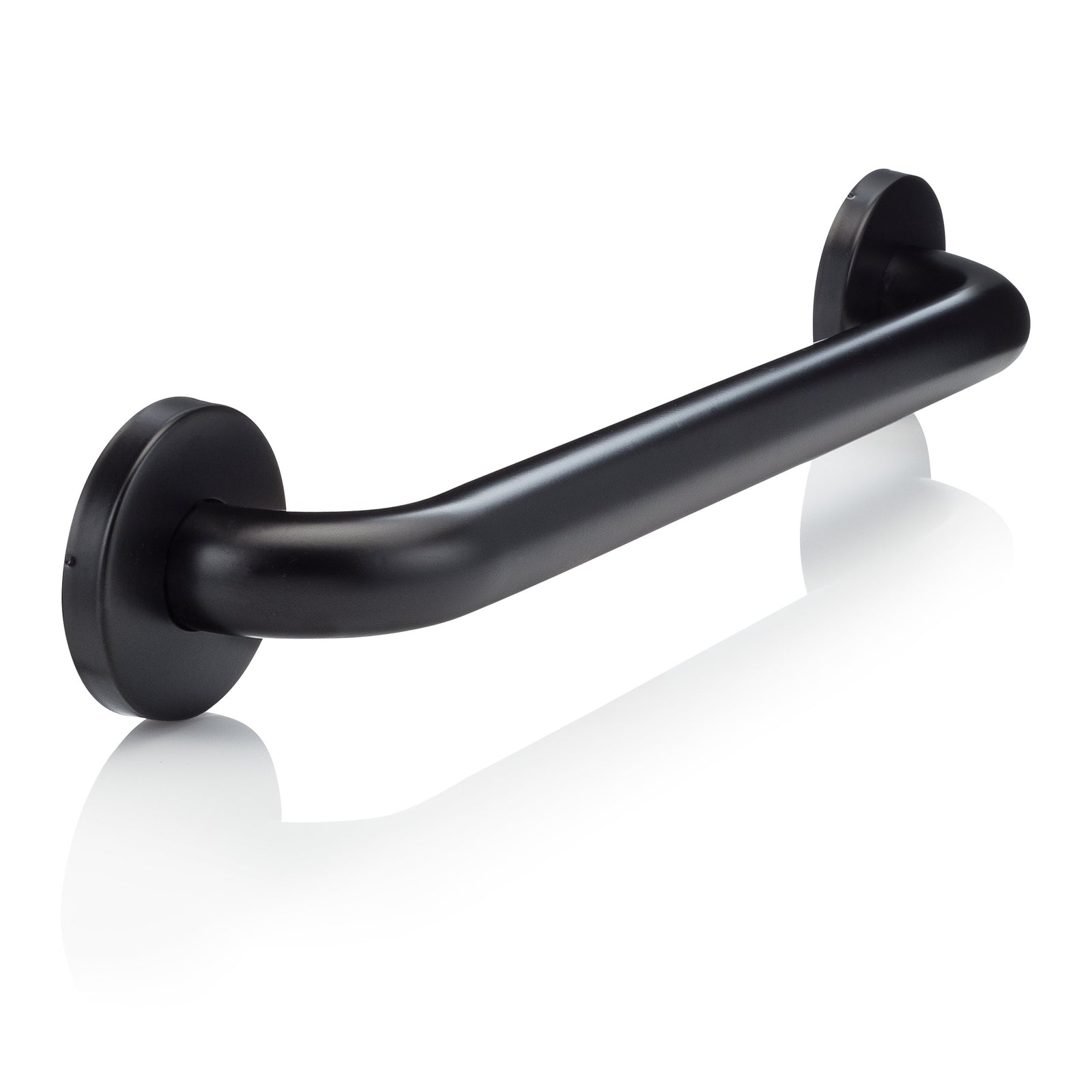
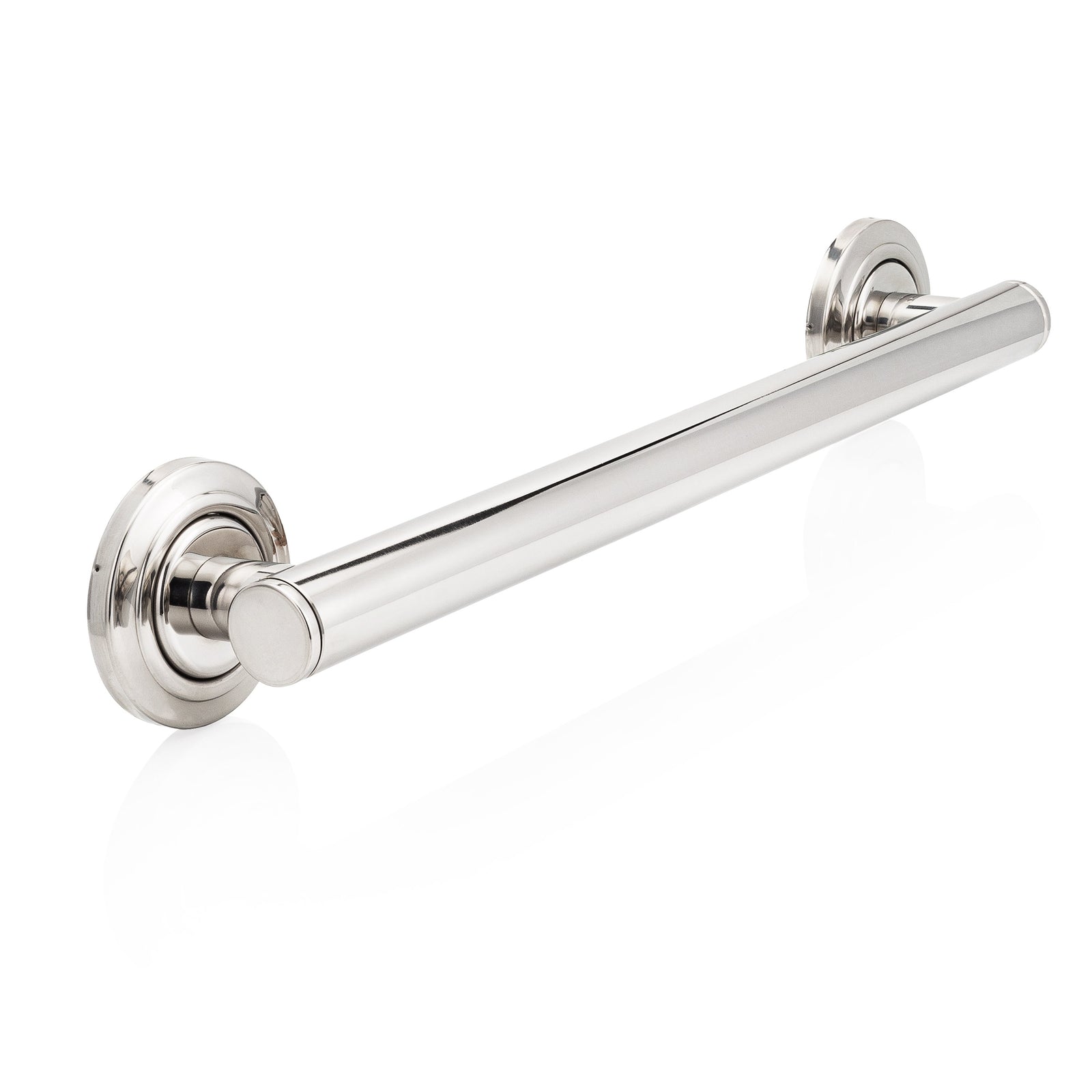
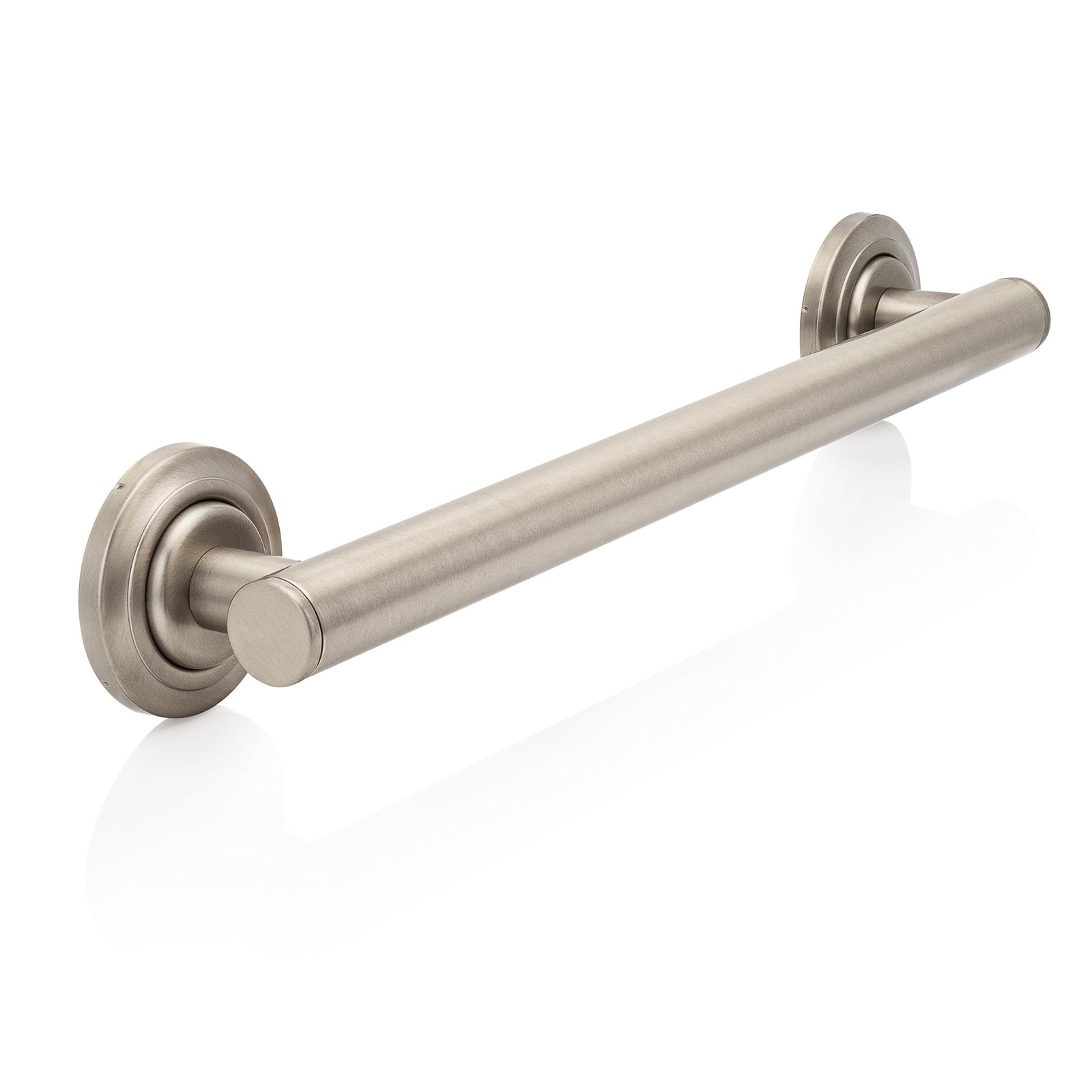

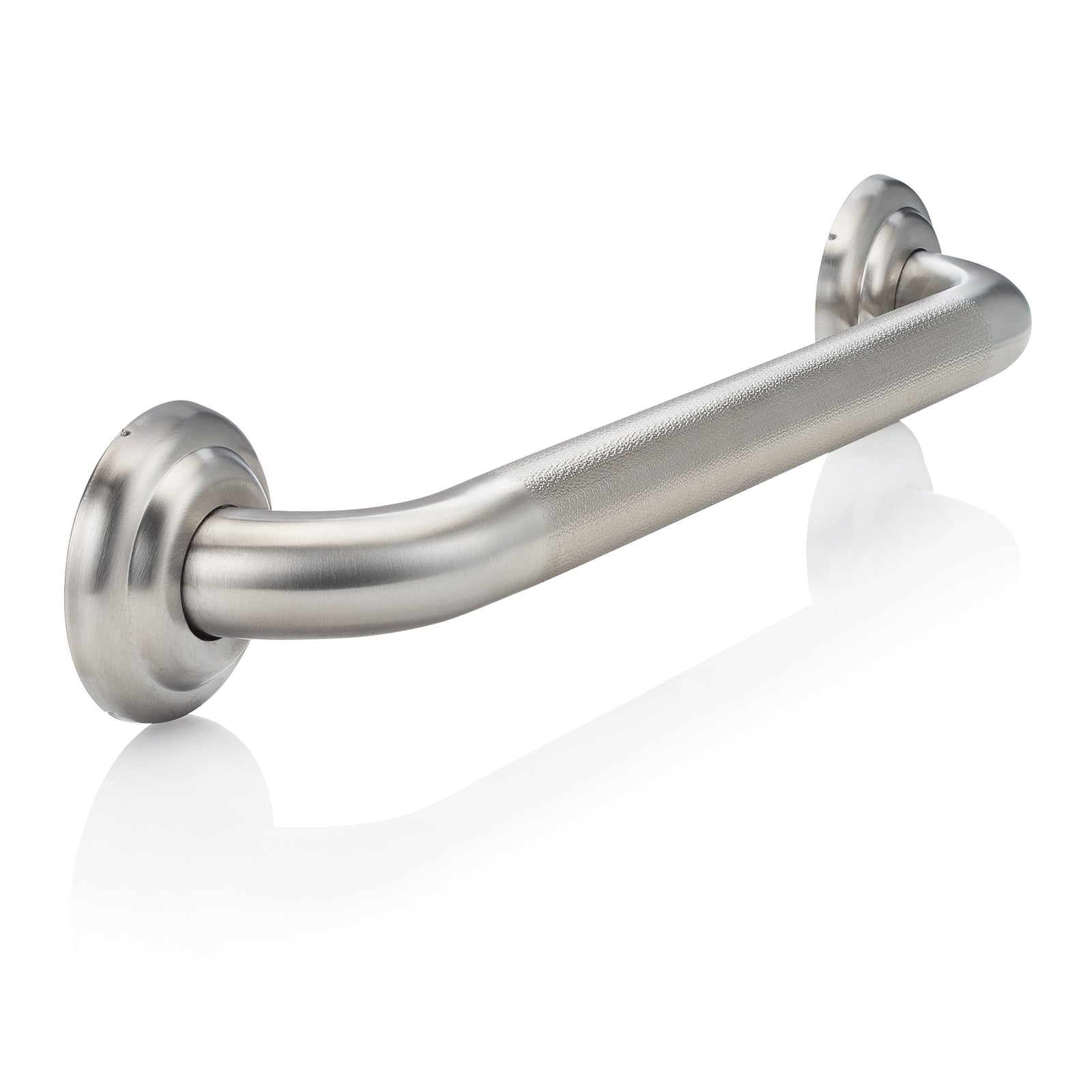
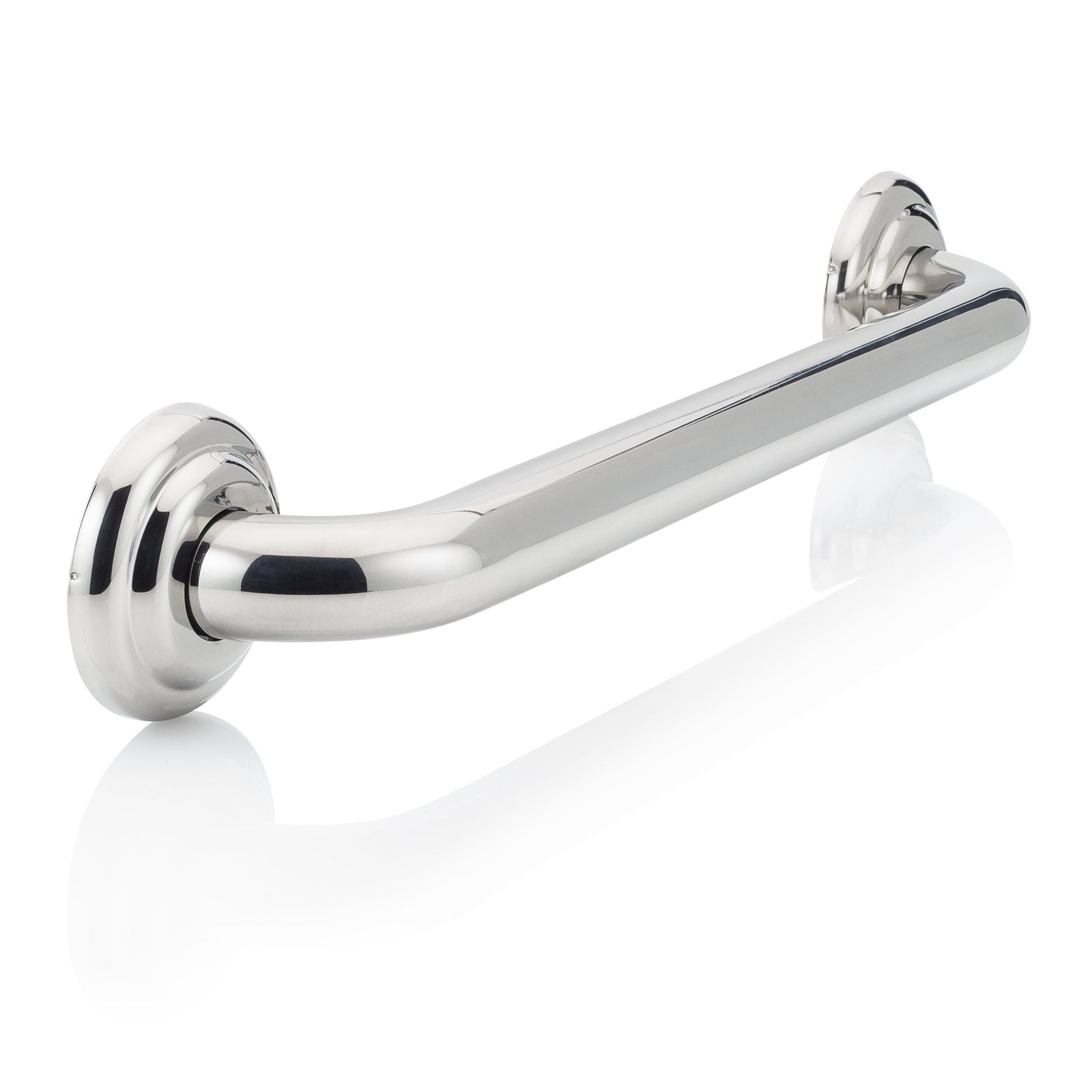
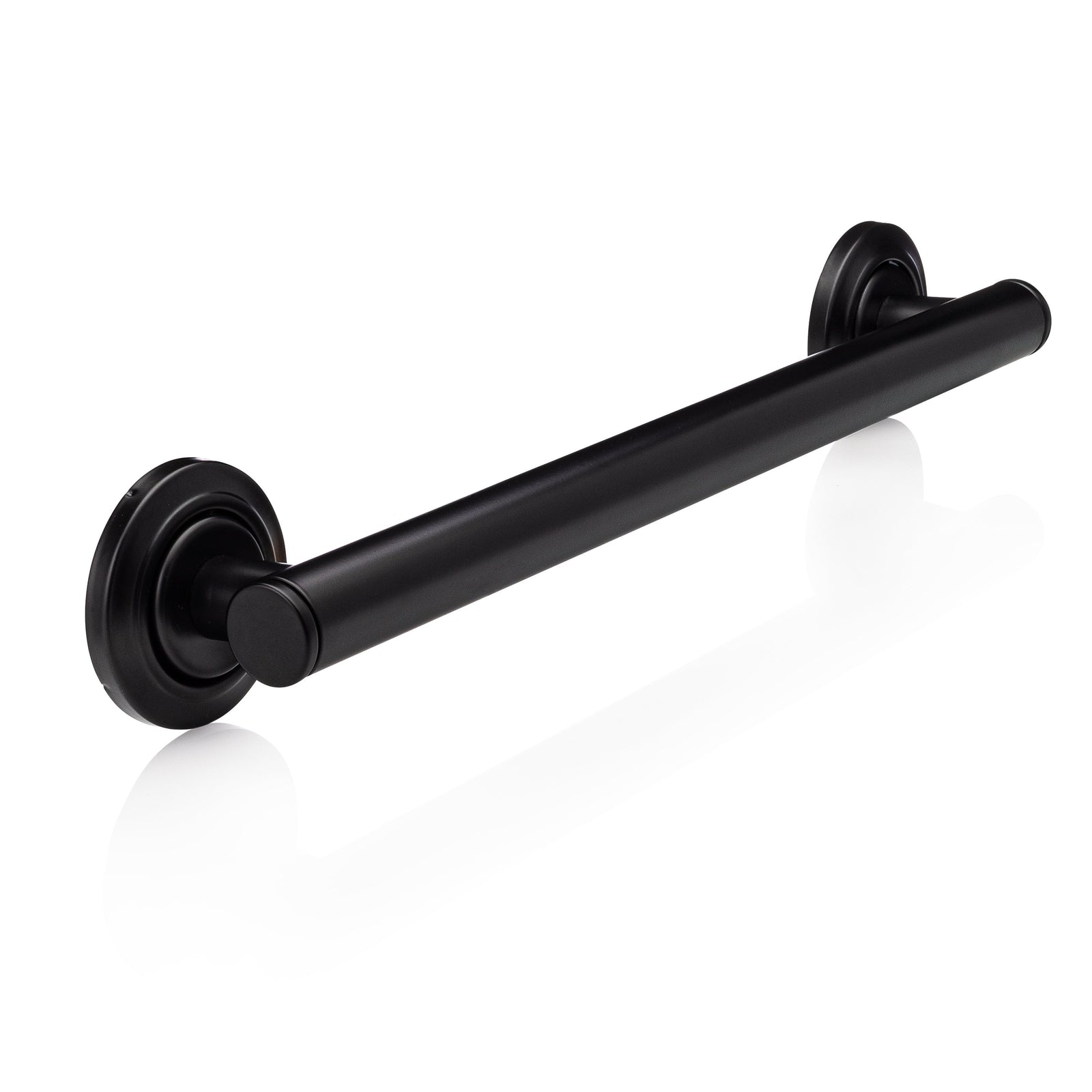
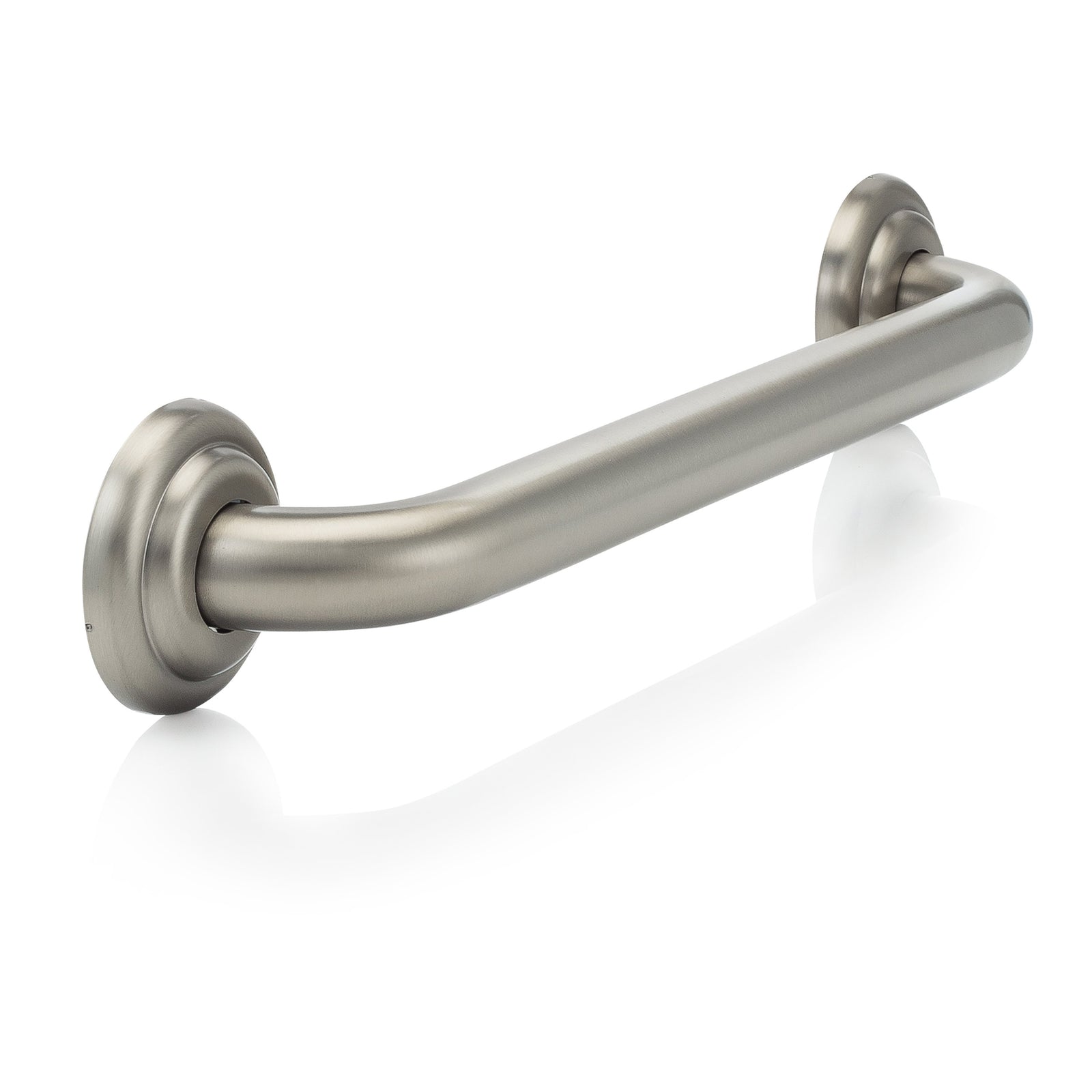
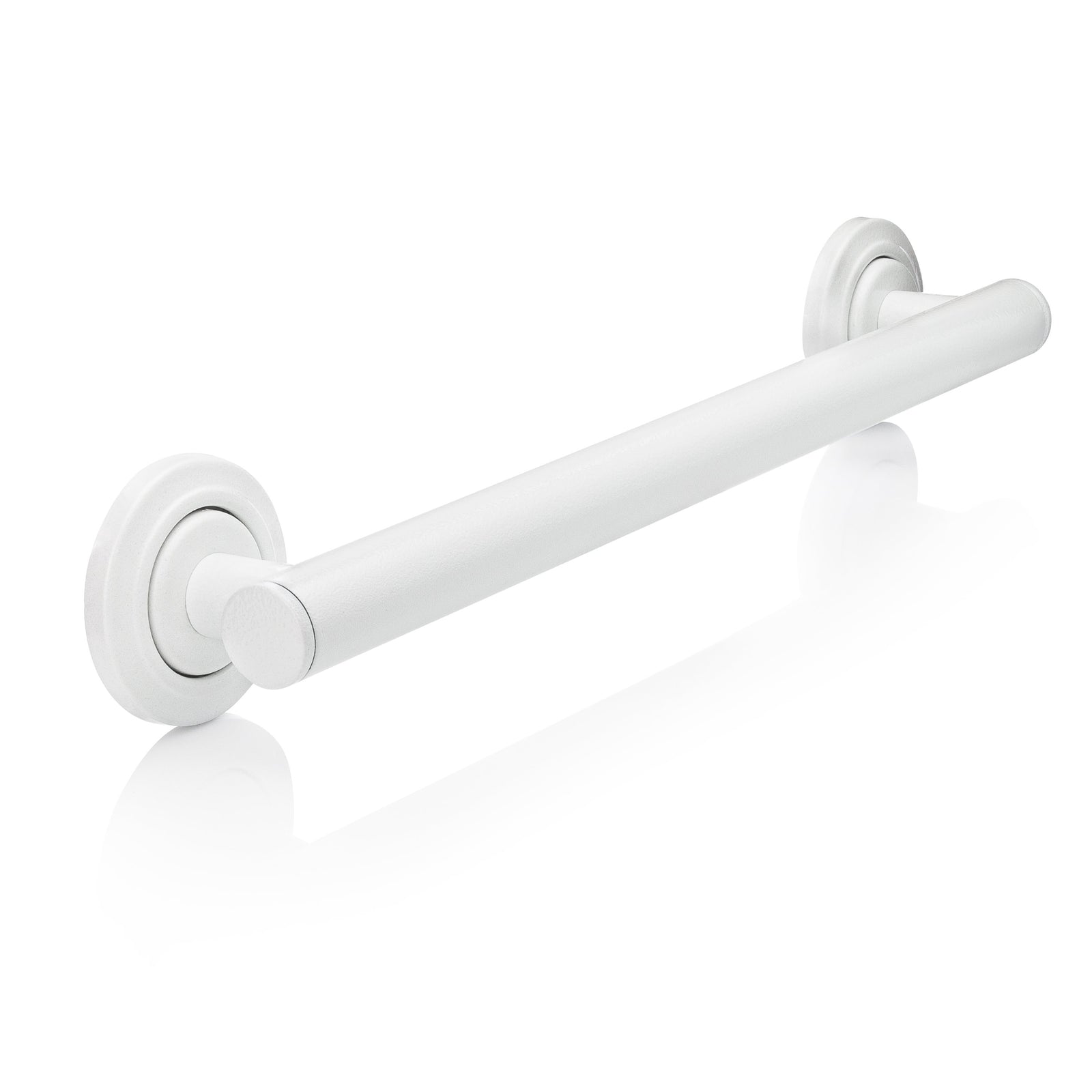
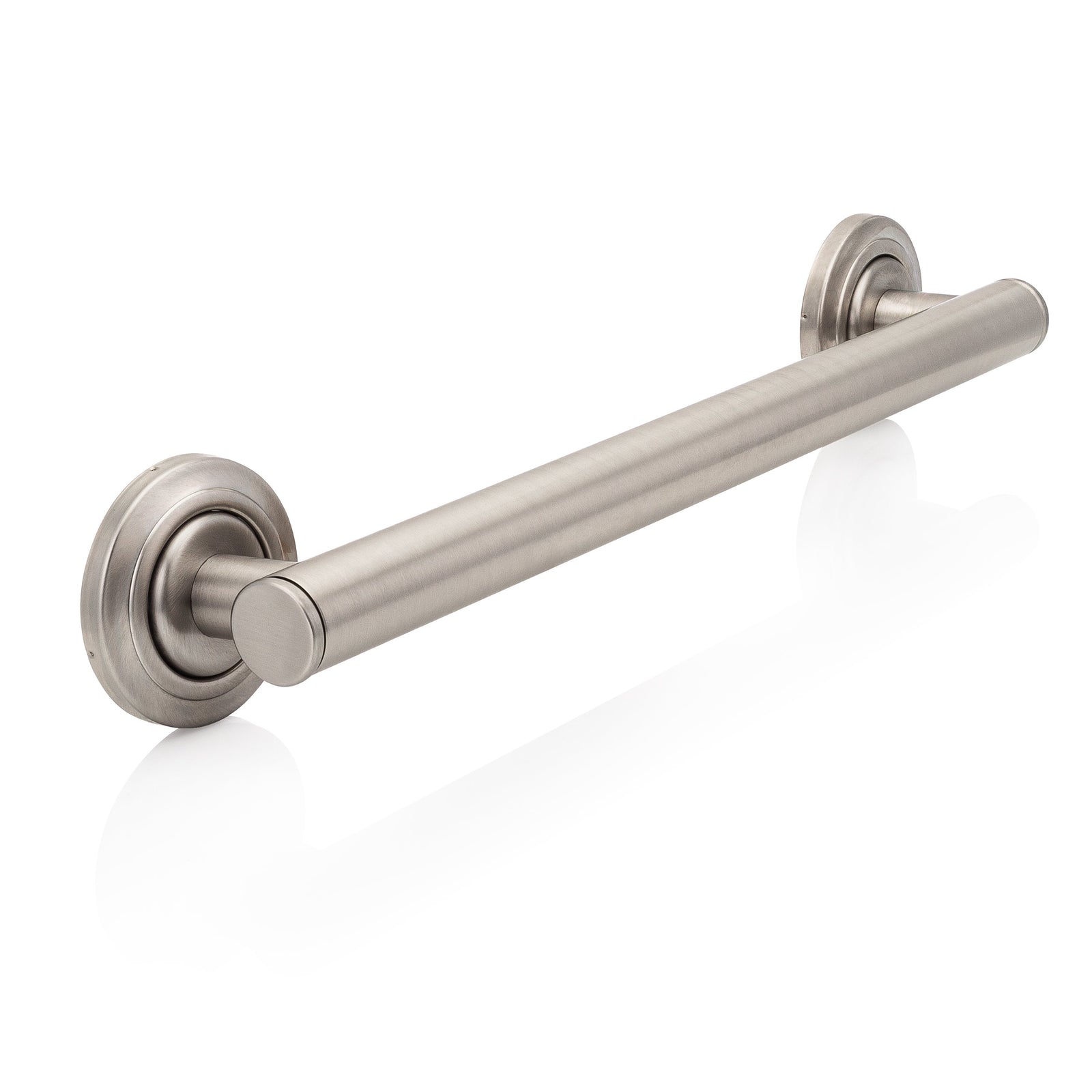
Bill Canfield
July 22, 2024
My 4 grab bars were installed by the owner, Howard. He was knowledgeable, efficient (in and out in 90 minutes) and pleasant. Highly recommended!!